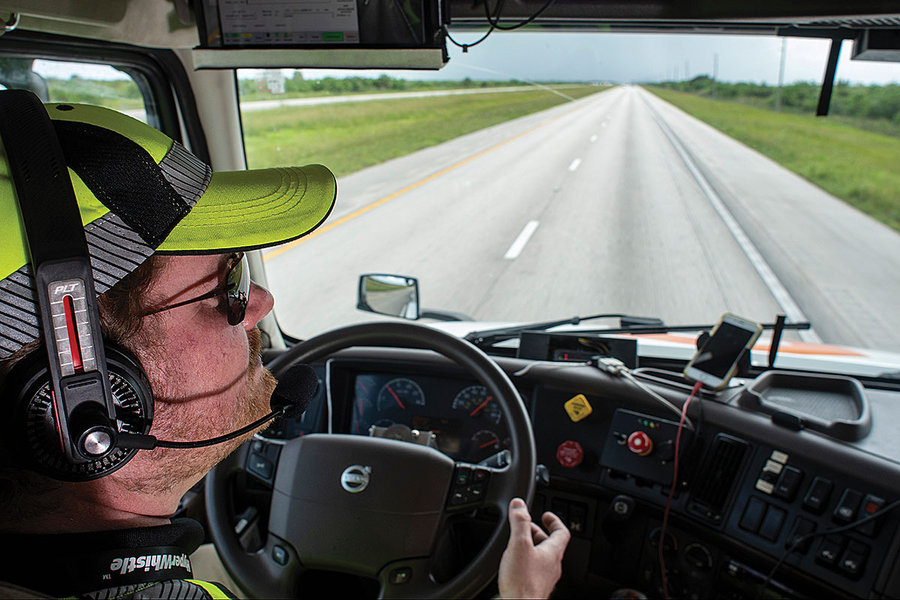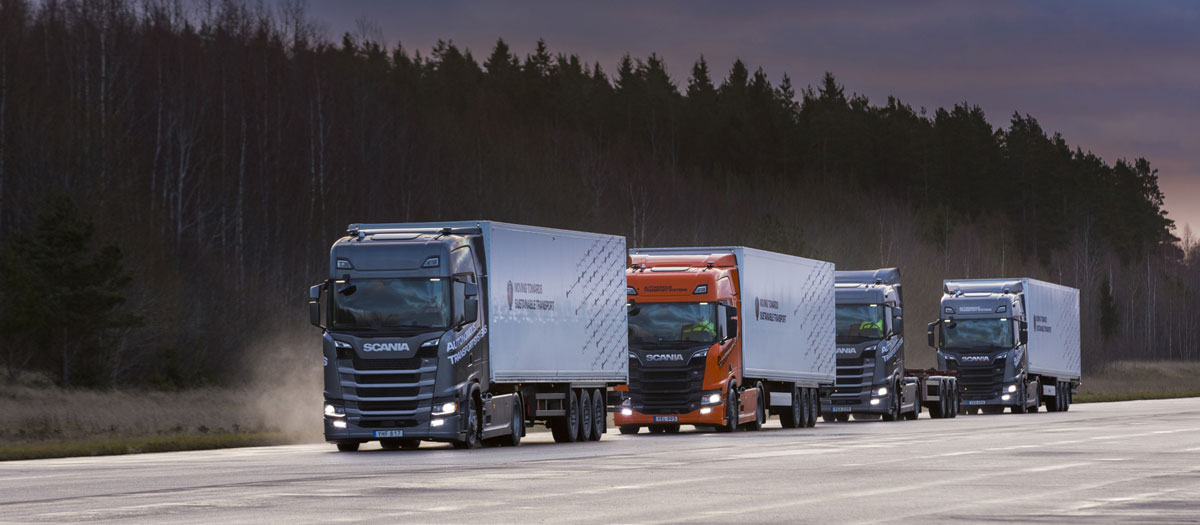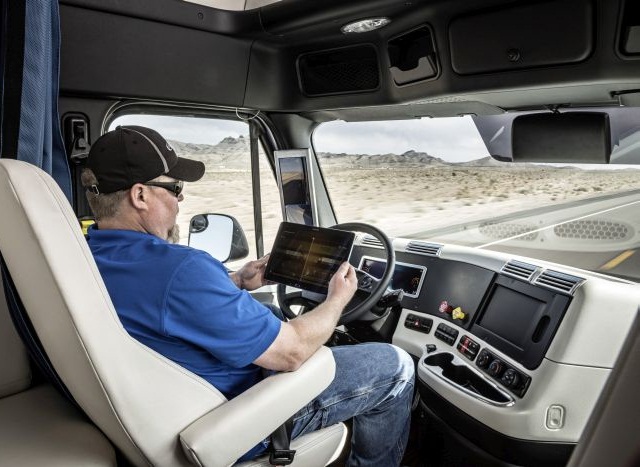The idea of automated trucks has been a taboo conversation topic among the trucking industry since the concept was first introduced years ago. Over-imagined and futuristic vehicles comparable to something found in a Jetson’s-esque world have blurred the concept to skew our perspective on the reality of the matter.
Since the invention of cars, humans have been improving them with a range of safety and convenience features like seatbelts, airbags, GPS, anti-lock brakes, and others to increase the overall safety of vehicles. But even with these advancements in technology and one day automated vehicles, there is still a need for a driver to be in the truck for non-highway driving, navigating into loading bays, taking over when the weather may interfere with autonomous capabilities, and supervising the automated system overall.
The benefits of automated trucking are numerous which include a decrease in highway accidents and fatalities on the road a year (there is an estimated 4,000 deaths per year due to auto accidents involving an 18-wheeler), a reduction in traffic congestions, improvements in driver productivity and work-life balance, and lower emissions through lower fuel burn which is great for mother nature.
In truth, automated trucking is a high-tech advancement to a lucrative industry. It is a feature that will prove beneficial to both truckers and trucking companies alike.
What Is Automated Trucking?
Generally speaking, “autonomous” does not mean “driverless” — but instead what industry professionals are talking about is “driver-assist” technology. An analogy can be used to compare automated trucks with the autopilot feature used by airplane pilots. The features are explained as a way to assist drivers in improving safety while operating the truck.
Companies like Volvo, Embark, Starsky Robotics, and Waymo (just to name a few) are testing trucks on public roads and freeways. In these tests, either the driver is present to monitor the truck driving itself and take over in the event of an incident. (trucks.com)

The introduction of AV in trucking may also impact the job market and help solve some of the driver shortage challenges companies are facing which was estimated to be more than 50,000+ needed drivers in 2018. According to Chris Spear, President and CEO of the American Trucking Associations during the Senate committee meeting, AV technology has the potential to dramatically expand the skillets of drivers and technicians, making them more marketable across other sectors and industries, and ushering in a new generation of talent for trucking. (Senate.gov)
Experts believe with the extreme shortage in drivers available, the automated vehicles is a must to be able to meet the demands of the industry. This is especially true of the cross-country routes drivers are overall less interested in committing to. With the introduction of automated vehicles, driver’s work-life balance can improve.
Instead of worrying about their jobs being replaced, drivers should anticipate a shift in the industry for the better. They can expect (eventually) these automated trucks to do the work they would rather not do, while relieving them the stress and worry associated with the job.
But don’t expect to see a partially automated truck anytime soon. While consumer vehicles are projected to introduce autonomous feature within the next 10 years, fully automated trucking is still at least 20-25 years away due to several factors.
Heavy Regulations
The trucking industry is one of the most heavily regulated industries that is ever-changing to meet the demands of the evolving market and advancements. Due to this tightly restricted industry, legislation is a major inhibitor to the implementation of an autonomous truck to the market. Industry leaders will need the understanding and cooperation of Congress to get any self-driven car on the road.
Platooning
Platooning is systematic, digital tailgating tactic used by trucking companies where three to four trucks drive at equal speeds within close proximity to each another, thus gaining an aerodynamic benefit and reducing fuel consumption by up to 20% (trucks.com). The trucks utilize new wireless technology that can detect when the other truck in the platoon brakes, avoiding a rear-end collision. This system is already being used in the United States, Europe, and parts of Asia. Experts anticipate this system to be the primary use of automated vehicles through the next two decades until a further automated option is developed. Platooning is positioned as a driver-safety solution, versus a replacement option, that requires drivers to be in the vehicles while operating, so it is not a threat the industry.

Robots Don't Feel
Although the convenience for the driver is positively impacted with the AV features, it is very difficult to design and program a machine to match the intuition of a human driver, or to anticipate another driver’s movement on the open road. This advancement is technology is also more prone to cyberattacks, which engineers and data scientists must find solutions for.
Highway Driving Replacement Only
As engineers continue testing ways to further introduce automated vehicles, it is important to remember their focus is primarily on highway driving. Drivers will still be required for more challenging and engaging operations and routes through cities.
These advancements in technology will not only reshape the trucking industry, but will cut costs, increase work-life balance for drivers, and emit fewer emissions which is good for the environment. With all of the benefits of automated trucking and reducing the stress and boredom of the job, we may even see an increase in young drivers to the industry.
While we don’t know for sure what the future of the automated trucking industry looks like, we know for sure it will not be happening anytime soon. Do you have any update on advancements on automated trucking? Write to us in the comments below!
